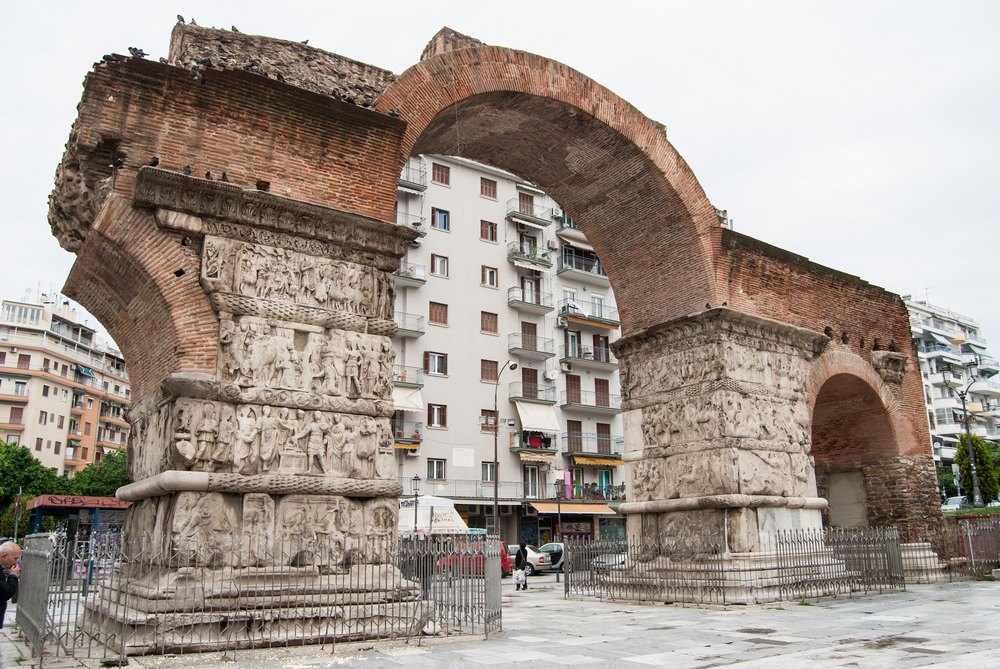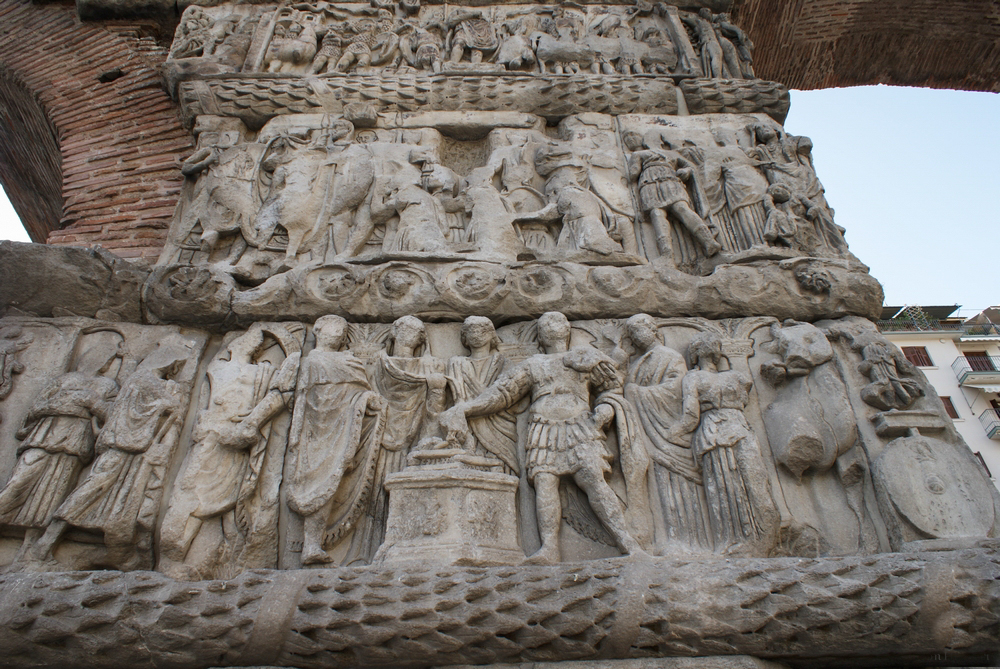Arch of Galerius (Kamara)
The Arch of Galerius is part of an extensive imperial complex.
Location
Timeline
Modern and Contemporary era (1912 - )
Ottoman era (1453- 1912)
1889 The first restoration efforts began.
Byzantine era (331 AC- 1453)
Roman era (30 BC- 330 AC)
299 A.D. Galerius decides to settle in Thessaloniki.
305 A.D. Constructed slightly earlier than this date.
311 A.D. Galerius dies.










Share